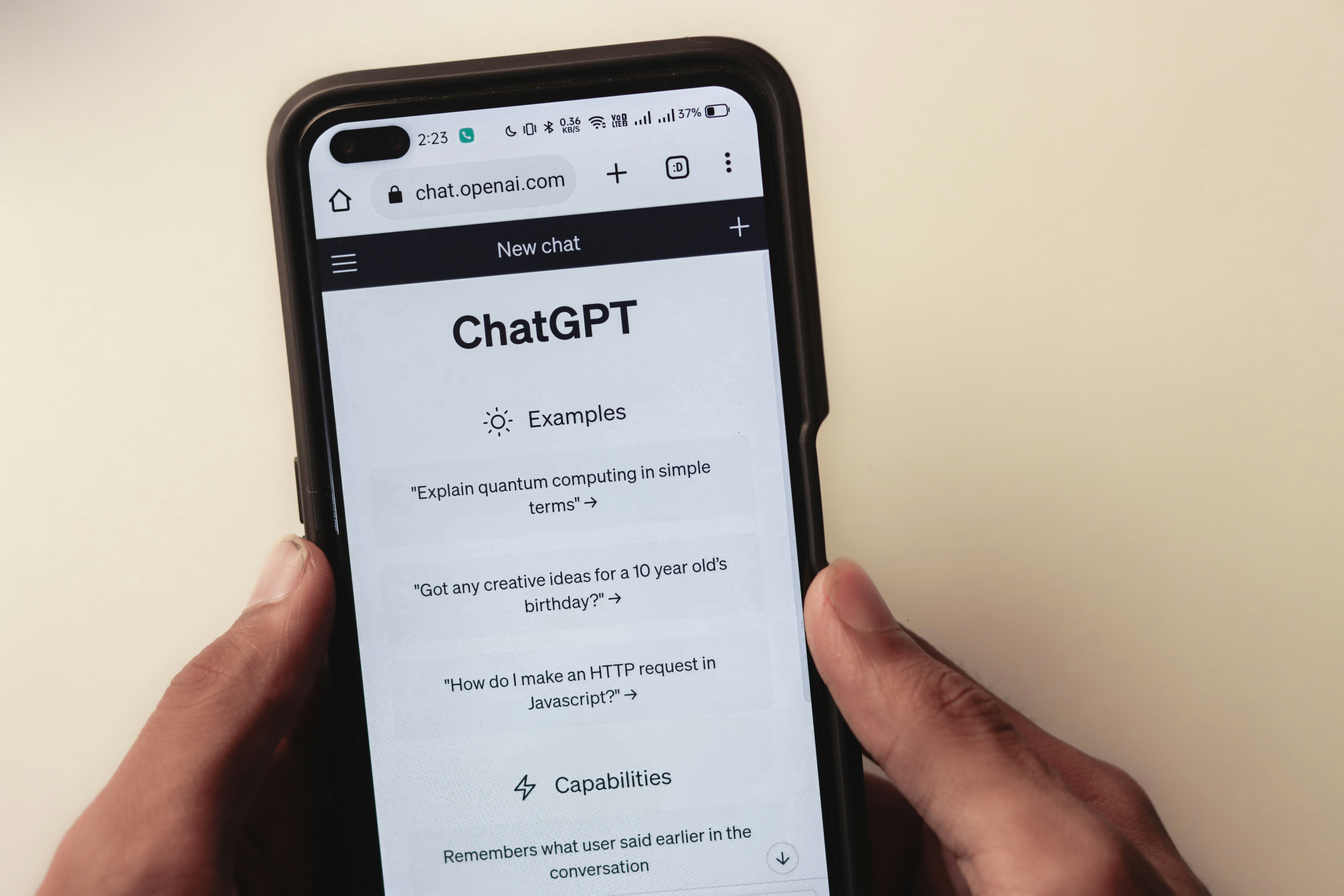Articles
- Parent Category: Operations
- Wednesday, 09 November 2011
- Published Date
- Written by Jim Camp
 Want to win new clients, negotiate a killer contract, or sell a new service? Invite the other party to say, "No." Get comfortable hearing "no" and saying "no." Once you do, you will possess the best business and negotiating tool available.
Want to win new clients, negotiate a killer contract, or sell a new service? Invite the other party to say, "No." Get comfortable hearing "no" and saying "no." Once you do, you will possess the best business and negotiating tool available.
If you are like most service professionals, you were taught negotiating strategies that were designed to get the client to say, "Yes":
• You learned how to dress and speak to impress.
• You mastered the art of a dynamic presentation to showcase your consulting services.
• You had charts and case examples to demonstrate your prospective client's ROI.
• You learned how to persuade.
• You learned how to spot that exact moment when the opportunity to close the deal presented itself.
"Yes" was the deal clincher, the heart stopper—the triumph!
I'm going to show you a better way... Start with "no." It works just as well for cold calling prospective clients about your coaching services as it does for nailing down a six-figure, multi-year service contract for an employee assistance program.
B2B service professionals are engaged in hundreds of negotiations, big and small, every year. Here are a few new strategies to gain the advantage.
Start With No
Forget what you've learned about win-win solutions, the art of compromising, and getting to yes. A negotiation is the effort to bring about an agreement between two or more parties, with all parties having the right to veto, or say no.
In other words, if you don't like what's happening in the negotiation, say no and we'll go from there. Conversely, if I don't like what's happening, I'll say no and we'll go from there. The word "no," as any toddler can tell you, signals the beginning of a negotiation, not the end of it!
Let's say you're a business developer for an accounting firm looking to get new clients for your company. It's time for the dreaded cold call. A good script begins with a calm invitation for the prospect to say no.
For instance: "Well, Ms. Smith, I have no idea whether what we do has any relevance for your business. I just don't know. Maybe it doesn't. If not, just tell me and I'll get off the phone. Is that fair? Ms. Smith, who handles your accounting services? I'm with Acme Financial Services, and I'd like the opportunity to sit down with you and allow you to discover the opportunities."
By inviting her to say no from the get-go, you put your prospect at ease and make her feel in control.
Don't Be Needy
Consider this more common approach: "Ms. Smith, I'm with Acme Financial Services. Can I get ten minutes on your calendar to show how we can work with you in the future?"
What's wrong with the above cold call? The business developer is more or less begging for this appointment. It leaves a poor first impression.
In addition to inviting "no," you need to get rid of any hint of neediness. Being needy makes you vulnerable to the other party's predatory instincts. You don't need this client. You need food and water.
Neediness is a deal killer. Don't show or feel neediness. When emotions start to run hot and heavy in a meeting with a client or in a contract negotiation—and this includes emotions such as excitement, fear, and hope—take a breath, slow down your speech, and lower your voice. You do not need this deal!
Staying emotionally neutral will keep you focused on the one thing you can control: your own behavior. You cannot control what the other person feels, does, or says. You can only control your behavior and actions in the negotiation.
Ask Interrogative-Led Questions
Once you have a prospect across the table, begin questions with "who," "what," "where," "when," "why," and "how." These get your prospect talking and revealing his or her needs, requirements, hopes, fears, problems, plans, position, and business objectives.
By asking the prospective client questions—and not talking too much—you will discover how to present your service as being to their advantage.
Interrogative-led questions will paint a vision that will move the negotiation forward without the pitfalls of verb-led questions. Consider the following verb-led questions juxtaposed with a corresponding set of interrogative-led questions:
• "Is this the biggest issue you face?" vs. "What is the biggest issue you face?"
• "Does what we do fit your needs?" vs. "How does our service fit your needs?"
Asking interrogative-led questions not only gets your prospect spilling the beans, but it keeps you from presenting. When you present, you make a lot of assumptions about what you think your prospective client wants. You may be totally wrong!
While you are making a sales presentation, your prospect is busy forming opinions about you and what you offer. When you dominate the conversation, you are failing to listen and invite the other person to give valuable information that will help you shape his or her vision.
Create a Vision for Your Prospect's World
Based on what the prospect has revealed, help the prospect envision his or her problem clearly, and see that you provide the solution to his or her particular problems and business challenges.
If you're a business developer, your mission and purpose is not about selling your firm's IT services, for example, and making five figures off the deal. That's a mission and purpose based in your world, and following it will only lead you down the path of dangerous emotions.
Instead, a valid M&P might provide your prospect with dependable IT services that can sustain their company's profitability well into the future, assuring their staying power and market share. Having an M&P set in your prospect's world keeps your actions and behaviors focused on shaping your prospect's vision. Without a solid vision—the one you are building for your prospect—he or she will take no action and there will be no decision or agreement.
Spend all of your time getting information about your prospect's world. Understand the anticipated challenges and problems and you can then present yourself as the solution.
Invite No Again
As the conversation is winding down, invite your prospect once again to say, "no." Let your prospect know that there will be no hard feelings if the company decides your services are not right for them, or they do not want to schedule an in-person appointment.
You will be amazed at how inviting a prospect to say "no" relieves pressure and turns skeptical prospects into willing clients.
Take "No" for a Test Drive—and See for Yourself
Test Drive: Have some fun and take the opportunity to practice using "no."
With a smile on your face, tell someone in a low-risk situation that you "just can't do that," or that you "just don't see it that way." Then encourage the person to go on. Say, "No," and in the next breath, encourage the person to convince you that what he or she is proposing is the right course.
Or, go the other way. Tell the person that you have an idea and you want him or her to be comfortable saying "no" to you. Promise the person that he or she won't hurt your feelings.
In either case, you will see results instantly.
Most Read
-

-
Sep 08 2011
-
Written by Editor
-
-

-
Jun 18 2013
-
Written by News
-
-

-
Feb 08 2012
-
Written by SBN Editors
-
-

-
Nov 14 2012
-
Written by SBN Editors
-




























